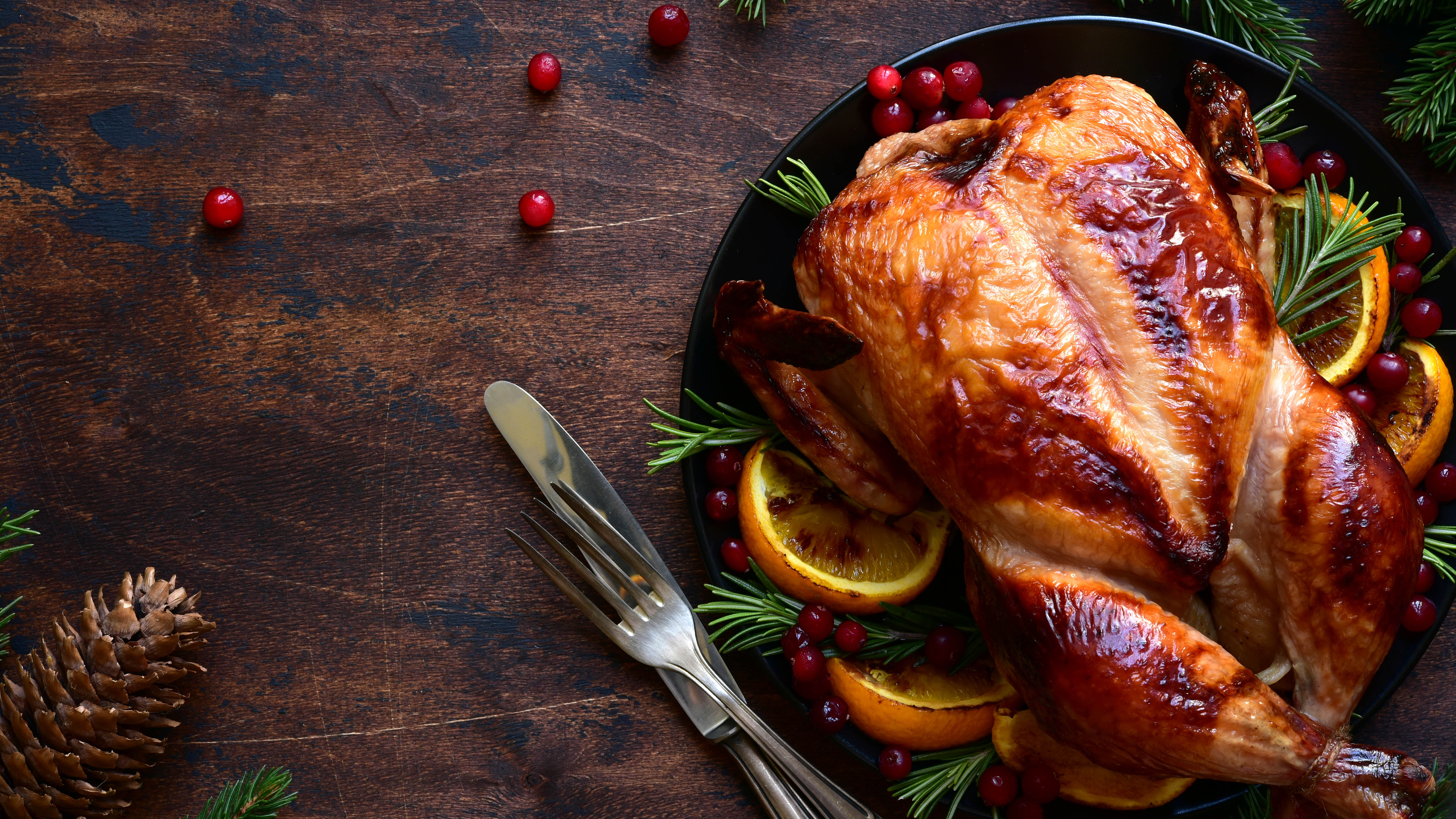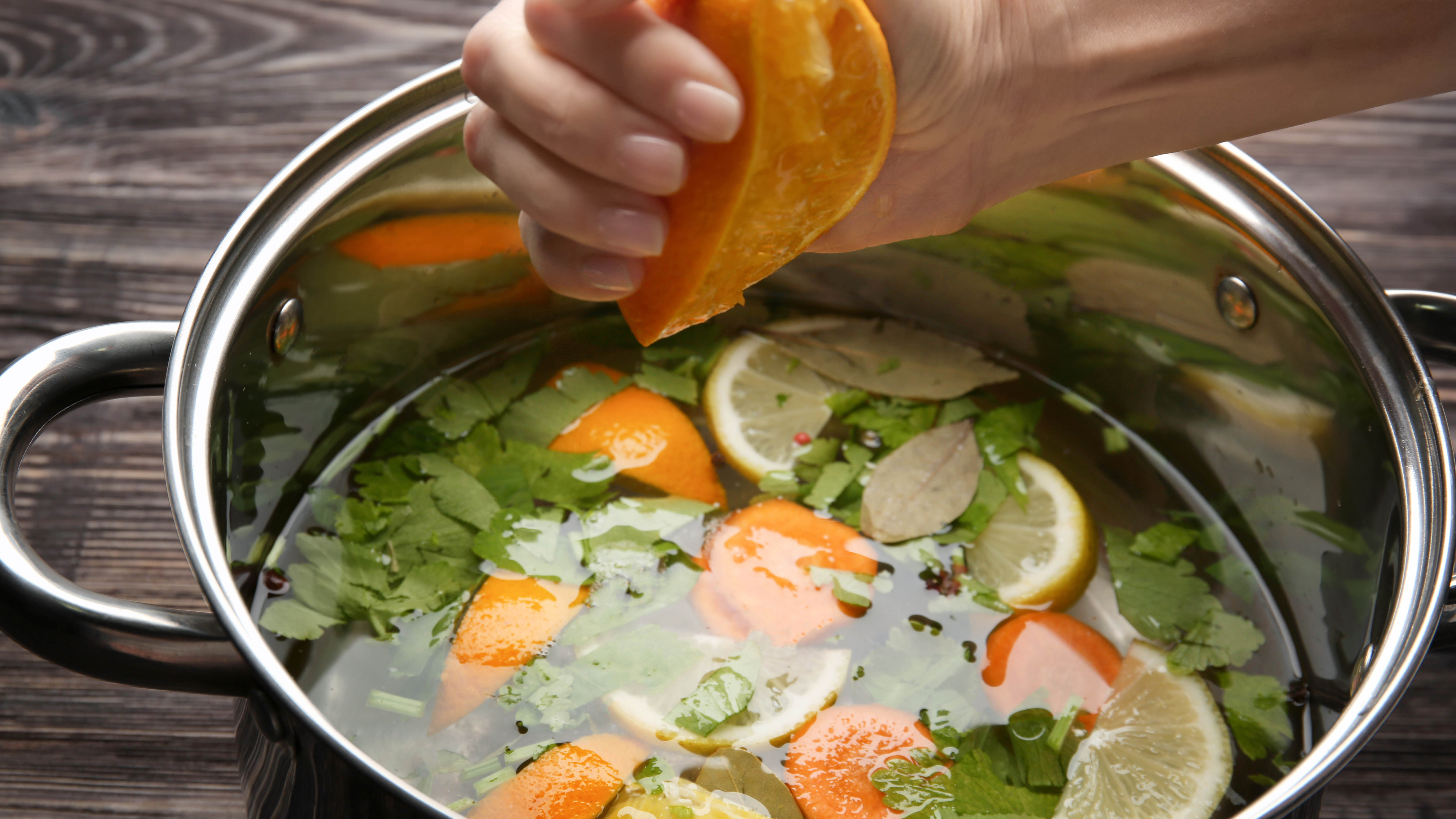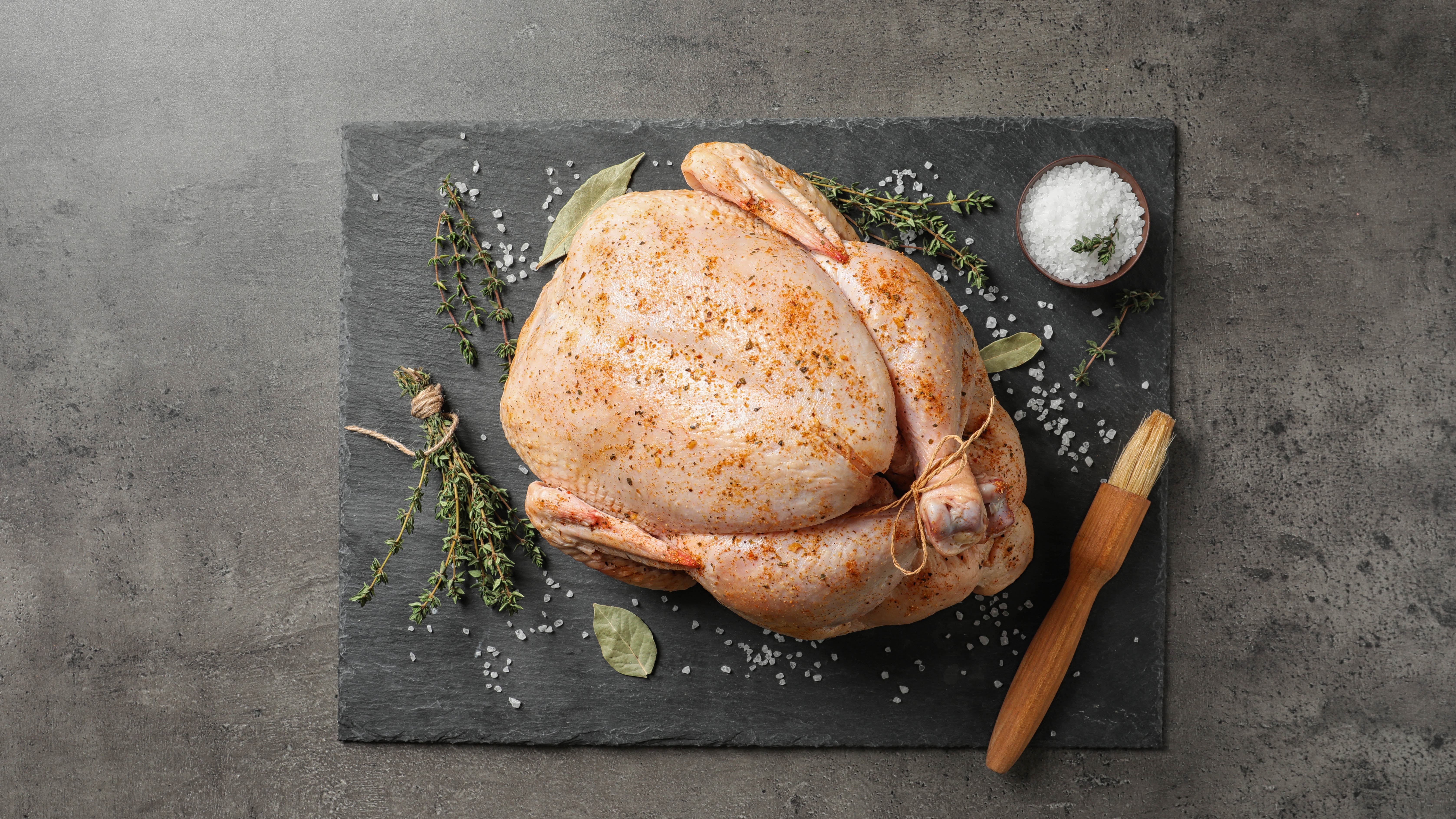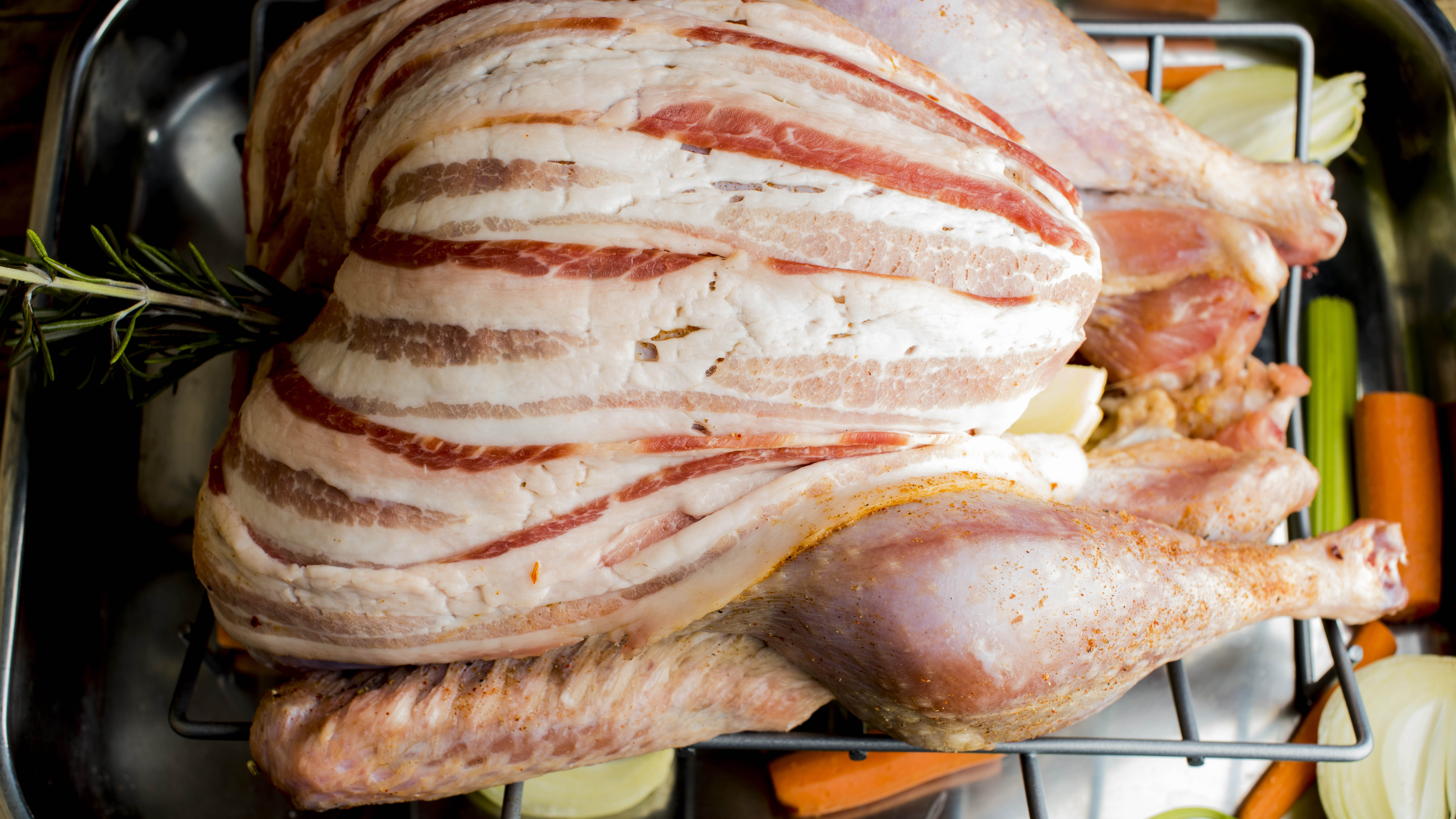How to season a turkey to impress over the holidays
Here’s how to season a turkey for a delicious dinner

With Thanksgiving at our doorstep, one thing many of us could do with knowing is how to season a turkey. While you might take all of the precautionary measures when it comes to timings, temperatures (one of the best meat thermometers can help here) and avoiding obvious turkey mistakes, it might all be for nothing if your turkey isn’t seasoned properly. After all, who wants a bland bird at a roast dinner?
The good news is that seasoning a turkey is much simpler than you might think, and you can do it whether you’re roasting a bird in the traditional sense, or using one of the best turkey fryers. Here, we will guide you through the steps to take to get the most flavor out of your turkey, as well as what alternative spices you can try. Here’s how to season a turkey.
If you want your turkey to cook more evenly, be sure to also check out how to spatchcock a turkey.
How to season a turkey
1. Brine the bird

You might not know it, but you can actually brine a turkey prior to cooking for added moisture and tenderness, not to mention more flavor. First, find a pot big enough to hold your bird, then make space for it in your refrigerator. (Alternatively, you can pick one of the best coolers — just make sure that it stays cold enough.) Place your bird into the pot and add any herbs, spices or aromatics you like for more flavor.
Next, you need to create a saltwater solution. To mix this, you need to heat one quart of water (it doesn’t need to be boiling), and combine with one cup of salt, then stir until dissolved. Leave it to cool, then pour the solution over your turkey, followed by the remaining three quarts of cold water. Make sure your bird is completely submerged (weight it down if necessary), and mix more saltwater if needed. Cover it and leave it to refrigerate overnight, or for 12-24 hours. Rinse and dry the turkey before roasting.
2. Get under the skin
It’s good practice to season under the skin, as well as on top of it. This is because your seasoning will be better absorbed and locks in the flavor. The skin will stretch from the cavity, under which you can spread the seasoning with your fingers — softened butter is best to help crisp up the skin, mixed with your favorite herbs and spices. Don’t forget to season the outside too.
3. Try alternative spices

Salt is everyone’s go-to when it comes to seasoning a turkey, but that’s not to say you can’t add some alternative spices to the mix. You can create your own blend of flavors with all sorts of ingredients such as paprika, ground coriander, garlic powder and thyme.
Sign up to get the BEST of Tom's Guide direct to your inbox.
Get instant access to breaking news, the hottest reviews, great deals and helpful tips.
If you’ve got a particular flavor in mind, such as Cajun-style, you can buy a pre-mixed rub as well. One of our favorite alternative flavors is Piri Piri — a combination of paprika, onion powder and garlic. If you’re frying your turkey, it needs to be a dry rub, so no butter!
4. Swap out the stuffing
If you’re tired of the same old stuffing, you can fill your bird with aromatics instead. Add the usual suspects, such as garlic, thyme, rosemary and onion, and then opt for some aromatic flavors, such as halved lemons and oranges, whole herbs and crushed cloves of garlic. These look great for presentation and the citrus will add a nice hint of acidity to the taste.
Also, there's less of a chance of you drying out your turkey if you cook the stuffing separately, so it's a win all around.
5. Glaze and cover in bacon for added flavor

If you really want to knock the flavor up a notch, you can glaze your turkey for extra sweetness and shine. This will add a crisp layer to the skin as well once cooked. Lots of everyday ingredients can be used to create your own glaze, from preservatives and honey to maple syrup. You want to glaze your turkey with a pastry brush prior to roasting, and save a little for once it’s cooked for a final glaze.
If you’re a fan of all things sweet and salted, you can also line your turkey crown with bacon prior to roasting — glaze before it goes in the oven and again once it’s finished cooking.
6. Basting tips
If you love to baste, remember you’re not limited to your turkey juices; you can add wine or even beer for more flavor. These will make the skin more crispy as well, because they caramelize as they cook.
Try not to take your turkey out of the oven more often than necessary to baste. You will lose heat out of the oven each time, the turkey will take longer to cook, and it will dry it out as well.
7. Inject more flavor

If you want to get technical, you can inject seasoning directly into your turkey to really lock in the flavor. Flavor injectors, such as the Ofargo Plastic Marinade Injector Syringe ($12.99, Amazon), are used to pump a buttery seasoning into the core of the bird.
If you try this method, don’t get carried away and cover your turkey with holes. Instead, try angling your needle in different directions in the same hole, before moving to a new one. This is a great way to season a turkey before frying it.
If you fancy mixing up the cooking technique, then check out how to spatchcock a turkey for quick, even and crisp results. Here's how to carve a turkey for Thanksgiving.

Katie Mortram used to be a Homes Editor for Tom's Guide, where she oversaw everything from kitchen appliances to gardening tools, as well as smart home tech. Specializing in providing expert advice for cleaning and home manintenance, she now works as Household Advice Editor for Good Housekeeping.